Drosera capensis
After one of close encounters with fungus gnats and aphids, I thought about growing some kind of carnivore plants, that could make problems go away. Since carnivore plants also have issues with both, I would at least get some satisfaction, watching the pest being eaten by it’s prey. I decided I’ll try growing Drosera capensis, which is supposed to be one of the easiest carnivores to grow. Sadly it’s not cold hardy, so I’ll have to keep it inside – where the gnats are, but we actually have three varieties of Drosera growing locally. Perhaps I’ll plant those outside around the pond.
I used peat and living sphagnum moss, combined with SiO2 based sand. I was in a hurry, so I skipped flushing the soil mix with distilled water. Chopped living sphagnum particles were evenly distributed throughout the mix and I was hoping sphagnum moss would start growing on top of the soil.
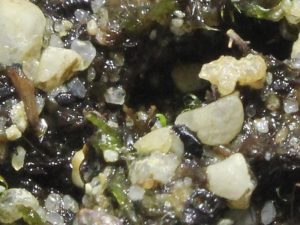

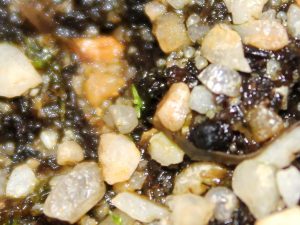


Just a couple of hours after I first noticed carnivorous leaf started showing dew on it’s tentacles, I noticed black spot covering it’s leaf. I was thinking about feeding it, but as it’s leaves were still far too small, it would be mission impossible. At first I thought it might be covered with small part of soil particles, or part of the seed coat. I decided to re-check it and try to get sharp photo of the leaf, so I spent a couple of minutes watching the seedling through the camera’s lens. Not only I saw that in fact it caught it’s first insect, I also noticed there was another one wandering around the seedling as well. They looked like black tiny beetles. The one that was still alive was a little bit larger and very fast for such small insect. I used living moss to prepare the soil mix, which quite possibly hosted a lot of living organisms. Interestingly, Drosera capensis seedling managed to attract those beetles extremely fast.
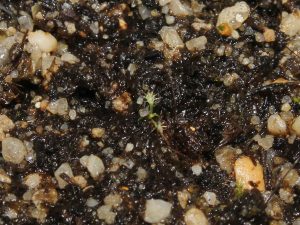
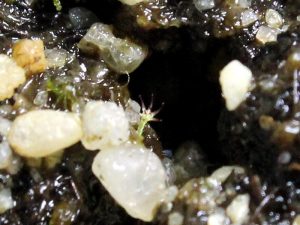

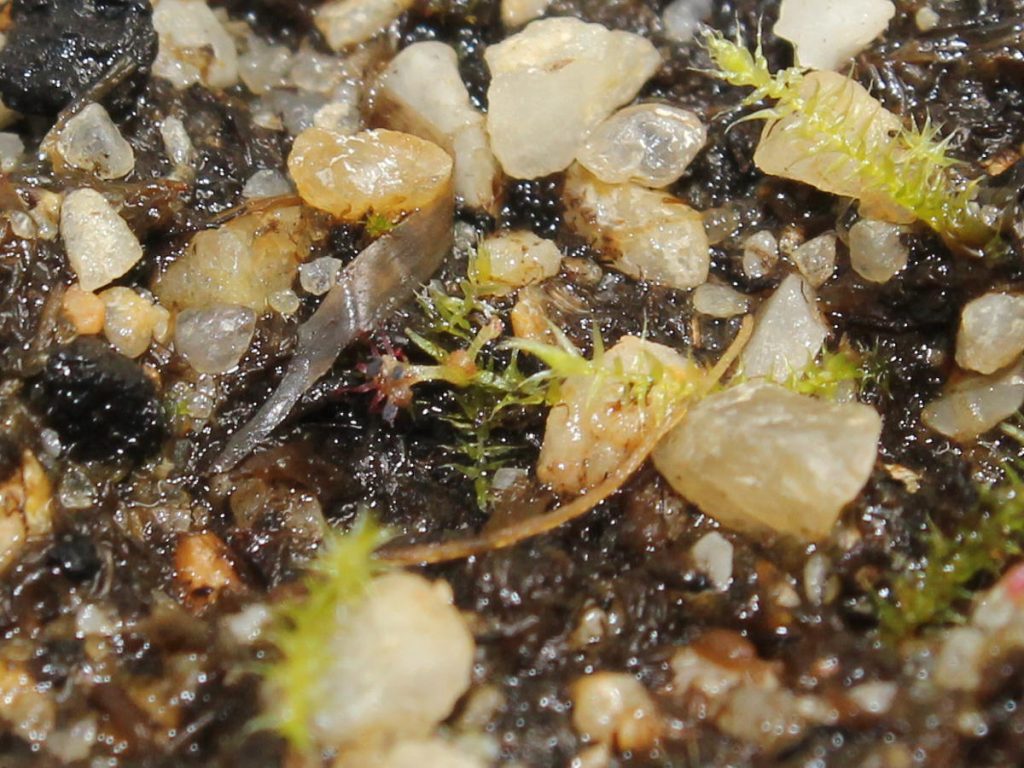
At one point when nymph got digested completely the same seedling somehow attracted whole mass of tiny black bugs onto it’s second carnivorous trap. The same day I’ve notice another seedling with trap that also got lucky. Strange thing is, there were also other traps on smaller seedlings all around the pot, but they were the only ones that managed to capture anything and they both caught a lot. It’s certain, that the pot is full of these tiny black creatures crawling around and that they often end up being caught by seedlings. Perhaps other traps lacked dew or were simply not sticky enough to capture anything. I realized that using living moss wasn’t so bad idea after all. I inoculated the pot with abundance of living plant food. If they also ate mold and partly digested insect carcasses, small ecosystem was perfect.
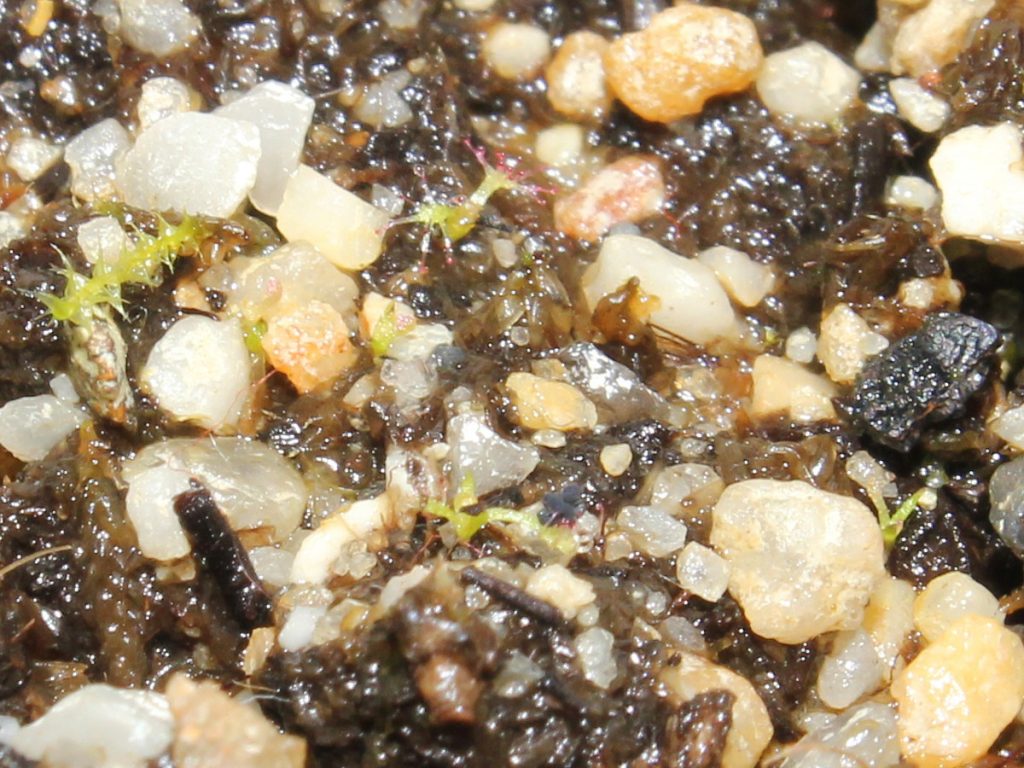
One morning, I noticed there was whole pile of bugs on one tiny trap. That completely ruled out my thoughts that these bugs randomly roam around the pot and get caught when going over drosera’s traps. Well, actually, that is most likely true, but they tend to gather around their dead or captured siblings. Perhaps they were mating and the first one attracted whole group that also got caught. Another option that I can think of is, that they are carnivores and they eat dead insects. I lean forward to the ‘mating’ answer, because there were just too many in the same trap and I don’t think they can sense food that well. If I’d known what these black insects were I could do some research.
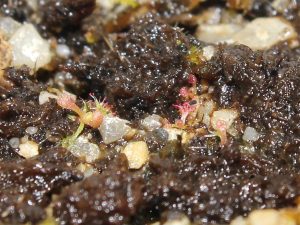
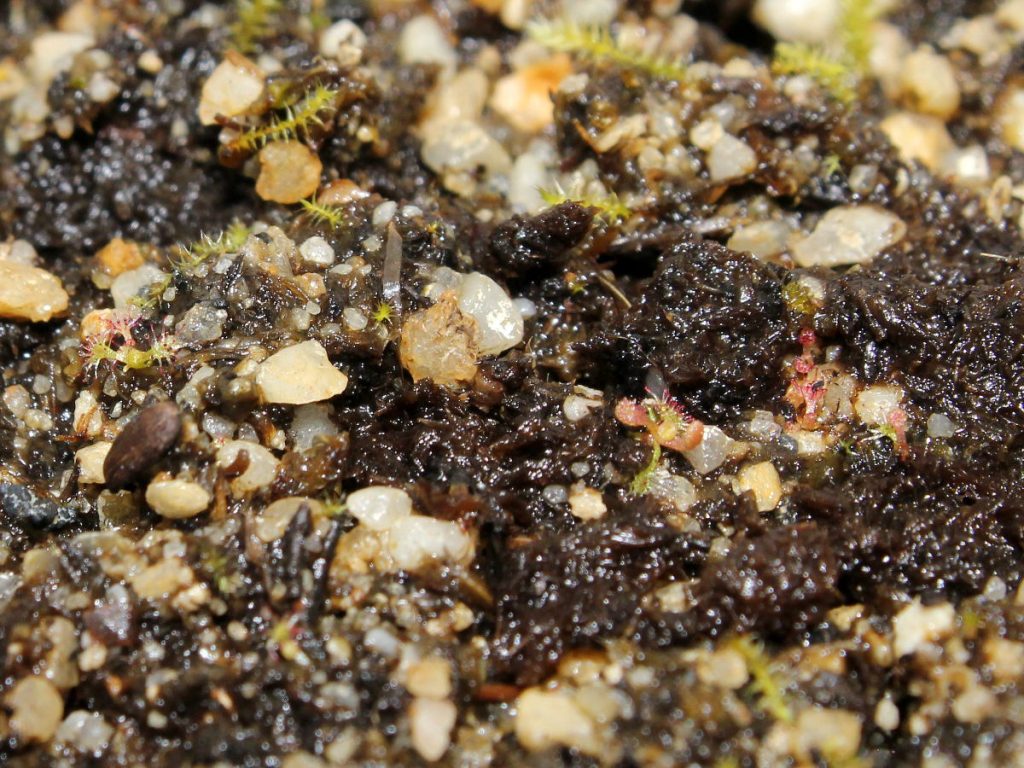
One month after germination, seedlings looked more and more sickly, some of them lost dew and it became evident that with time all the seedlings started to show signs of stress. New leaves did not grow completely and some of the leaves even turn light brown and died. I figured out that light level plays no role in their decline, the real reason was the soil. Seeds that were planted in pure peat were all growing into healthy green seedlings with a lot of dew. At that point, I decided to transplant all remaining seedlings into another pot. A couple of seedlings were already too damaged to survive the transplant, but many had shown some improvement. I covered the pot again to increase humidity and to make sure the dew appeared again. The largest seedling started to decline before it got transplanted and it’s two leaves that were already growing for some time failed to grow tentacles. They were stunted and damaged, but in the middle of the seedling new leaves started turning from pink to green in just a couple of days.
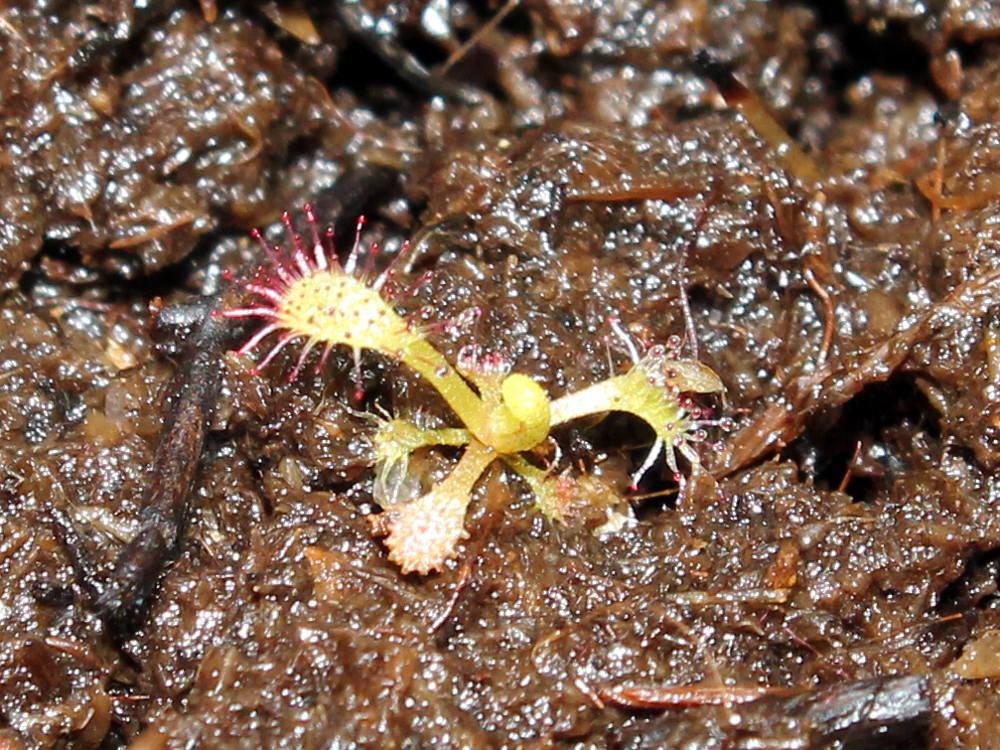
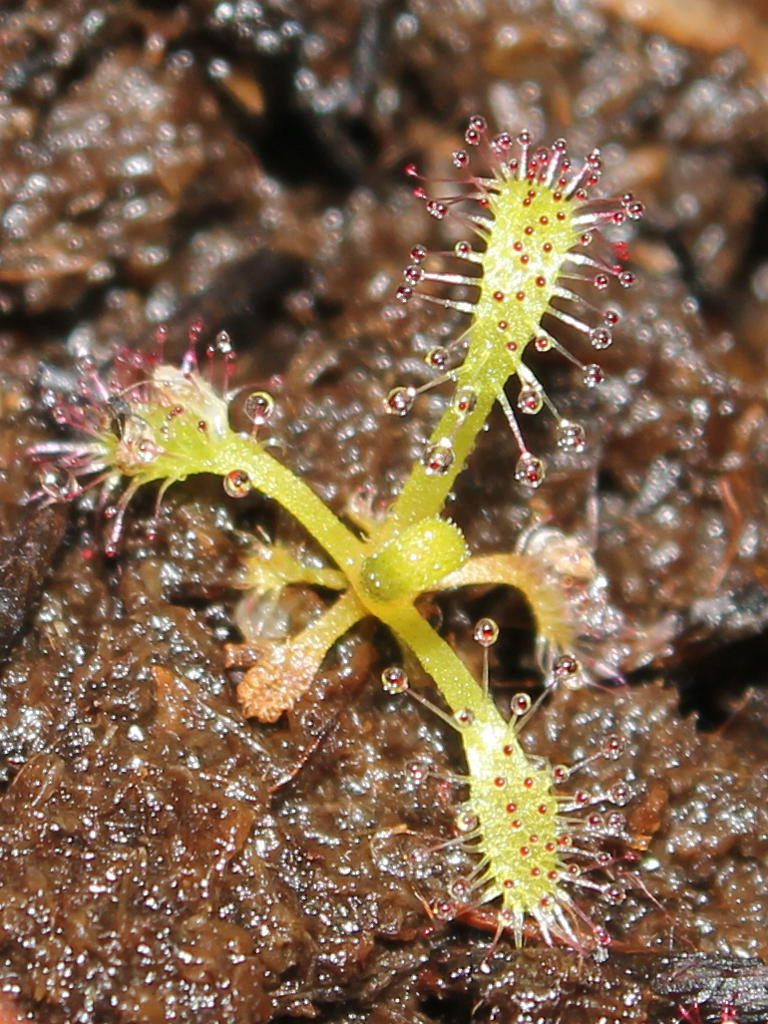

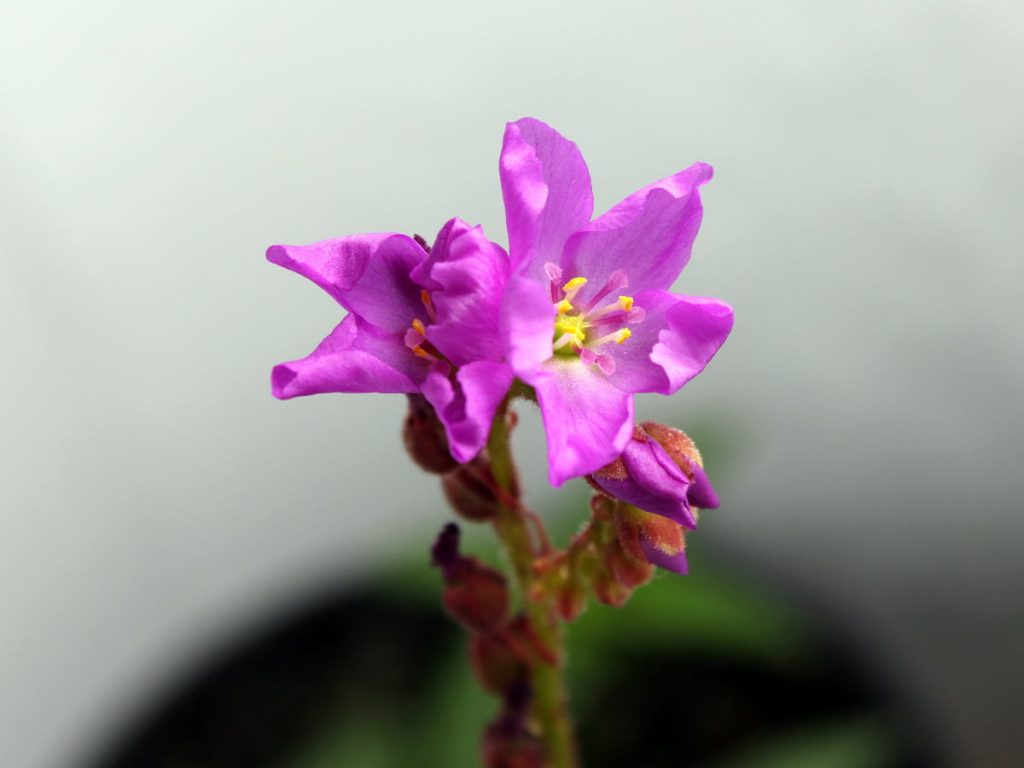
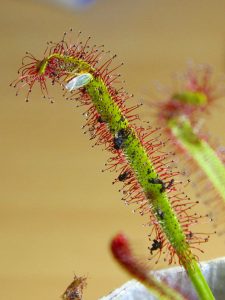


I’ve been somewhat worried about huge amount of sunlight they received during the summer and because of heat that exceeded 35°C for quite a while. I noticed they not only survive in those conditions, but actually love it. They loved occasional flooding in the hottest weather and also didn’t mind when peat got a bit drier. I’ve learnt that Drosera capensis is quite tough and the only thing it did harm it (a bit), was rain. They don’t seem to like getting wet.
One thought on “Drosera capensis”
Very helpful, thank you!